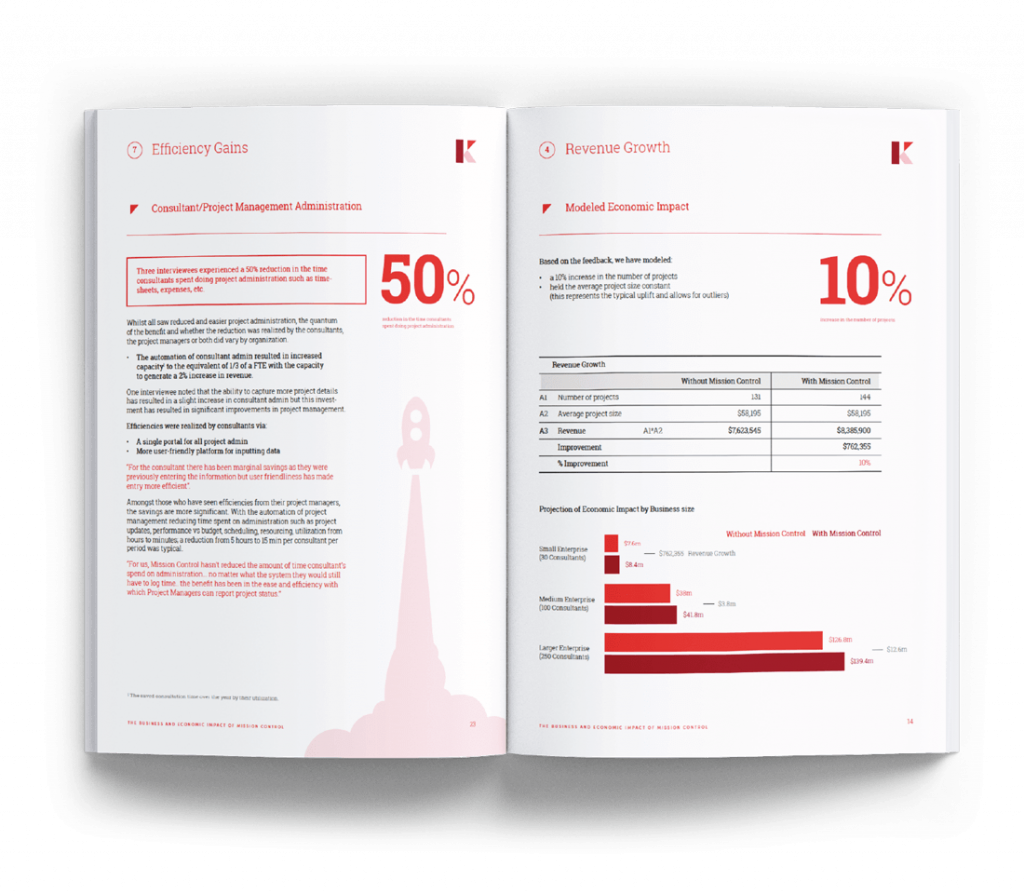Resource Management Best Practices Introduction
Effective resource management is essential for ensuring the success of any project. It enables project managers to allocate the right people to the right tasks, optimize workloads, and improve overall efficiency. Without a structured approach to resource management, organizations risk missed deadlines, budget overruns, and employee burnout.
In this article, we will explore Resource Management Best Practices that help organizations improve project execution, enhance team productivity, and maximize profitability. Whether you’re managing a small team or a large enterprise project, following these best practices can significantly improve outcomes.
1. Understand Resource Availability
The foundation of Resource Management Best Practices is having a clear understanding of your team’s availability. Knowing who is available, when they are available, and their capacity to take on work ensures that resources are allocated efficiently.
- Maintain an up-to-date resource calendar.
- Identify full-time, part-time, and contract resources.
- Consider time zones, holidays, and planned leaves.
- Use a Professional Services Automation (PSA) tool like Mission Control to track resource availability in real time.
2. Align Resources with Project Priorities
Not all tasks hold the same level of importance. A key principle of Resource Management Best Practices is to align resources with the highest-priority projects and tasks.
- Define clear project objectives and timelines.
- Assign skilled resources to critical tasks to reduce risks.
- Balance workloads across team members to prevent burnout.
- Adjust allocations as project priorities shift.
3. Utilize Skills-Based Resource Allocation
A common mistake in resource management, when not applying Resource Management Best Practices, is assigning tasks based solely on availability rather than expertise. Implementing a skills-based resource allocation approach ensures that tasks are completed efficiently and at a high standard.
- Maintain a skills inventory for all team members.
- Match tasks with employees based on expertise.
- Invest in training programs to upskill employees for future projects.
- Use resource management software to streamline allocation decisions.
4. Monitor Utilization Rates
One of the most critical Resource Management Best Practices is tracking resource utilization to ensure an optimal balance between productivity and workload.
- Measure billable vs. non-billable hours.
- Set realistic utilization targets to prevent overworking employees.
- Reallocate underutilized resources to maximize efficiency.
- Use reporting tools to analyze utilization trends over time.
5. Plan for Future Resource Needs
Proactive planning prevents resource shortages and ensures smooth project execution. Forecasting future resource needs based on project pipelines allows organizations to hire, train, or reallocate resources effectively.
- Identify upcoming projects and expected resource demands.
- Develop contingency plans for potential resource gaps.
- Hire contractors or temporary staff when demand spikes.
- Use predictive analytics to improve forecasting accuracy.
6. Implement Real-Time Resource Tracking
Modern Project Management tools, like Mission Control, offer real-time resource tracking that helps project managers make informed decisions on the go.
- Use dashboards to track workload distribution.
- Adjust allocations in real-time to accommodate changes.
- Identify bottlenecks early to prevent project delays.
- Integrate resource tracking with time tracking for better visibility.
7. Encourage Collaboration and Transparency
Effective resource management depends on clear communication and project collaboration between teams. Without transparency, project managers may struggle to make the right allocation decisions.
- Foster a culture of open communication between departments.
- Hold regular resource planning meetings.
- Use collaboration tools to centralize project data and updates.
- Provide employees with visibility into their assigned tasks and timelines.
8. Set Clear Expectations
Setting realistic expectations for project deadlines and workloads is a core component of Resource Management Best Practices. Overpromising can lead to resource strain and project failures.
- Clearly define roles and responsibilities for each team member.
- Set achievable deadlines based on resource capacity.
- Communicate workload expectations regularly.
- Allow flexibility in timelines when unexpected roadblocks arise.
9. Continuously Optimize Resource Management Processes
Resource management should not be a one-time effort. Continuous improvement is a vital element of Resource Management Best Practices and ensures that organizations adapt to evolving project needs and optimize efficiency over time.
- Regularly review resource allocation strategies.
- Analyze past projects to identify areas for improvement.
- Gather feedback from team members on workload balance.
- Leverage automation to reduce manual resource management tasks.
10. Leverage PSA Software for Efficient Resource Management
Technology plays a significant role in modern Resource Management Best Practices. Professional Services Automation (PSA) solutions, like Mission Control, provide a centralized platform for tracking resource availability, optimizing utilization, and improving project forecasting.
- Automate resource planning and scheduling.
- Gain real-time insights into resource performance.
- Improve decision-making with AI-driven recommendations.
- Streamline workflows to enhance productivity and collaboration.
Resource Management Best Practices Conclusion
Implementing Resource Management Best Practices is essential for maximizing efficiency, reducing project risks, and ensuring teams work at their optimal capacity. By understanding resource availability, aligning resources with priorities, tracking utilization rates, and leveraging a Salesforce Resource Management Software application like Mission Control, organizations can enhance project success and profitability.
Whether you’re managing a small team or a global workforce, following these best practices will help you improve resource allocation, maintain project timelines, and drive business growth.




